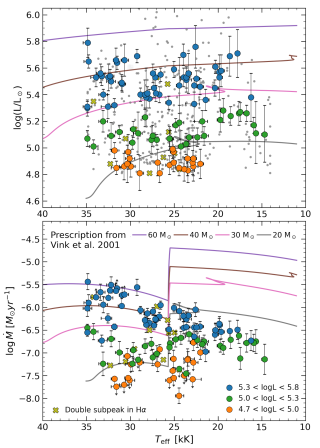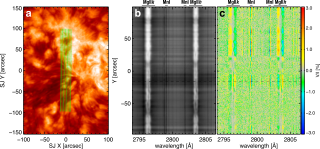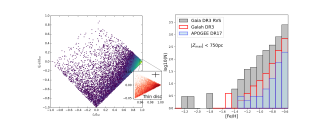Using the OSIRIS tunable narrow band imager on the 10.4m GTC (La Palma) we have mapped the SAB(rs)cd galaxy NGC 6946 over a 7.3x7.5 square arcminutes field in the emission lines of the [SII]\lambda\lambda, 6717, 6731 doublet, and in H\alpha. From these maps we have produced catalogs of the H\alpha luminosities and effective radii of 557 HII regions across the disk, and derived the [SII] emission line ratios of 370 of these. The H\alpha observations were used to derive the mean luminosity-weighted electron densities for the regions of the sample, while the [SII] line ratios allowed us to derive values of the in situ electron densities in the denser zones from which the major fraction of the radiation in these lines is emitted, for 58 of the regions. This is by far the largest data set of its kind for a single galaxy. A classical two phase model is used to derive the filling factors of the regions. We find that although the mean electron density decreases with the square root of the radius of the regions, the in situ density is essentially independent of this radius. Thus the filling factor falls systematically, as the radius and the luminosity of the regions increases, with a power law of exponent -2.23 between filling factor and radius. These measurements should enhance the perspectives for more refined physical models of HII regions.
Upper panel: composite image of NGC 6946 obtained by adding all the wavelengths for the Hα scan. The circle indicates the position of region at RA: 308.6998566 degrees, DEC: +60.1772541 degrees. Lower panel: spectral energy distribution for Hα + [NII] (le
Advertised on
![Upper panel: composite image of NGC 6946 obtained by adding all the wavelengths for the Hα scan. The circle indicates the position of region at RA: 308.6998566 degrees, DEC: +60.1772541 degrees. Lower panel: spectral energy distribution for Hα + [NII] (le Upper panel: composite image of NGC 6946 obtained by adding all the wavelengths for the Hα scan. The circle indicates the position of region at RA: 308.6998566 degrees, DEC: +60.1772541 degrees. Lower panel: spectral energy distribution for Hα + [NII] (le](/sites/default/files/styles/crop_rectangle_21x9_to_1280/public/images/news/resultados115_122.jpg?itok=s29R3KnU)


